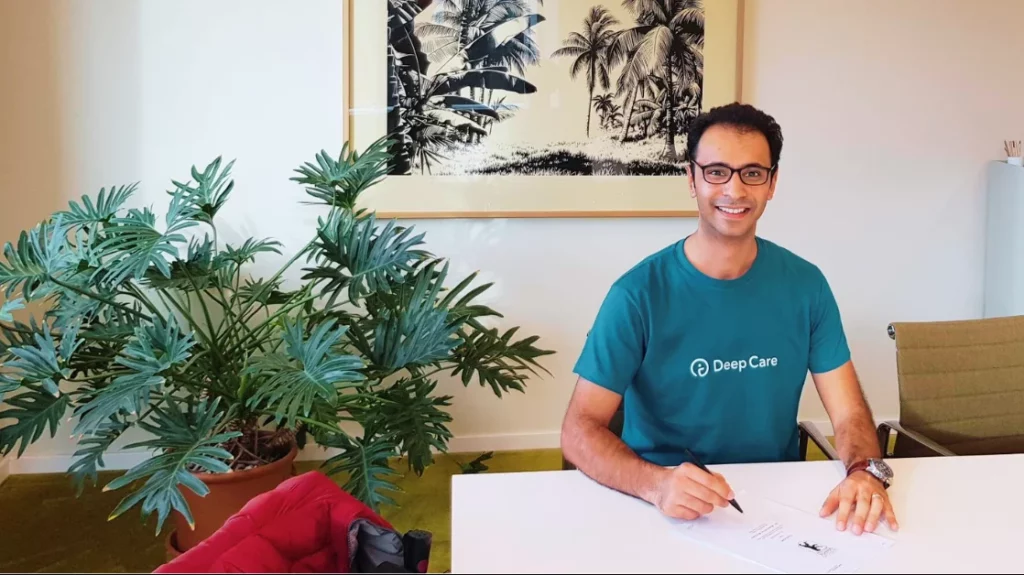Building a business on a budget can be made easier by using High Deductible Healthcare Plans to their full potential. Similarly, with more and more Americans using these plans, it’s time to learn about how to make the most of them. Here Dr. Vish Banthia, CEO of health startup Zendyhealth, explains what you can do to get the best out of plans like this.
The problems with high deductible health plans
Since the inception of the Affordable Care Act (ACA), the number of High Deductible Healthcare Plans (HDHPs) has skyrocketed. With general health care spending growth surpassing that of the United States’ gross domestic product and total healthcare expenditure accounting for 17 percent of total GDP, the vast shift in our healthcare landscape has resulted in nearly one quarter of U.S. workers enrolling in HDHPs.
According to a survey from the Henry J. Kaiser Family Foundation (KFF), since 2010, the proportion of workers on HDHPs has grown 67 percent. Similarly, 90 per cent of those who enrolled as part of the ACA – some 11.4 million Americans – have also joined HDHP plans. This means that, in a medical emergency, individuals will have to pay at least $1,300 before their insurance kicks in, while families will have to commit $2,600 of additional funds before receiving treatment.
While just 4% of employers were offering HDHPs in 2006, this number is only set to increase, with predictions suggesting more than 44 per cent offering only high deductible packages by 2018. Employers are looking for ways to cut their expenses and shifting the cost burden onto the employee continues to be a growing trend.
High deductible plans are becoming more popular due to the fact they often have much lower monthly premiums than other health plan options. As a result, individuals and families do not have to pay large chunks of money upfront on the premium every month and they have more time to plan their out-of-pocket medical expenditure. However, this can become a major problem if patients need unexpected treatment and they have not hit their deductible. Unfortunately, this has led to 43 percent of insured patients delaying treatment because of the associated deductible costs.
Delaying treatment may have catastrophic implications. Avoiding care can burden the health system down the line with acute care costs that could have been prevented, ultimately contributing to additional increases in total healthcare spending.
Making the most of HDHPs
In our amassing high deductible crisis, a large problem is that Americans do not yet know how to shop efficiently, or effectively, for their health services. All too many Americans are settling for options they find offline – or are offered by their employers – rather than taking advantage of today’s technology to hunt around for a better healthcare option for them.
Despite the negatives associated with HDHPs, they are proving increasingly popular among millennial employees and healthcare consumers. When given the option, 44 per cent of millennials – those employees born between 1980 and 2000 – took the high deductible option with the low monthly payments, and why wouldn’t they? HDHPs are well suited to the needs of the young and/or healthy who are not anticipating high healthcare costs.
As such, the technology market has adapted to the increased uptake of HDHPs. There is now a host of new technological tools enabling employees and other individuals to gain insight into and search for health care prices, hoping to make the process more transparent and patient friendly at the same time. Online platforms such as Healthcare Bluebook, Castlight Health and GoCo.io – which is also an app – can provide a means for assisting employees to find the best healthcare option for them.
Although valuable for helping to shape the habits of consumer-driven price shopping, most current online price transparency tools do not allow patients to execute on the cost savings displayed on their screens. This can be frustrating for the consumer, as there is a disconnect between the potential savings and the actual amounts they are paying on medical bills. The good news is, new technologies are being developed to address this gap in our existing platform offerings and actually allow patients to pay their desired price for services.
Additionally, we are fortunate in that many in HDHPs can now be eligible for Health Savings Accounts – where pre-tax dollars can be set aside for healthcare when it is needed. HSAs work in a similar way to the traditional 401(k). The benefit of HSA accounts is that they provide a tax free saving mechanism, with annual limits of $3,350 for an individual, or $6,750 for a family. While this money can only be used for medical reasons – using it for other purposes could lead to tax penalties – it means that users have a safety net to prevent medical issues from becoming financial ones as well.
Things to keep in mind
The need for financial safety nets with regards to HDHPs and other medical plans is, sadly, apparent. According to joint research by KFF and the New York Times, 20 per cent of Americans have reported difficulty with paying medical insurance bills. Among those who were insured, 63 percent reported using all of their savings to pay for expensive medical costs, while more than 40 per cent said they were forced to take another job. HSAs can provide a means to prevent insured parties from using all of their life savings, or working themselves too hard, just to pay for medical costs.
HDHPs are well suited for those who are younger, fitter and healthier. If there is any reason to suspect imminent health care problems, a high deductible plan may not be the plan for you. Instead of skipping care, consider utilizing price sensitivity with technology tools and solutions to participate in care when it is needed — this will decrease the burden on our health care system and us, its members.
The most important thing to bear in mind when searching for a health plan, is to shop around and be price conscious – doing research pays in the long run. The combination of new technology platforms that aid in the hunt for affordable services and HSA offerings can turn potentially harmful HDHPs into workable healthcare solutions for families across the United States.
Read more
Property-tech startup ABODO raises $4.8m in Series A funding round
Rev1Ventures announces launch of largest seed-stage fund in Columbus history












